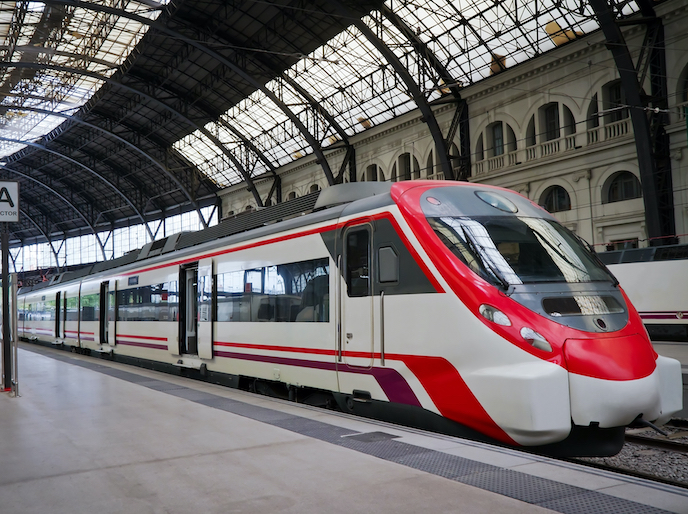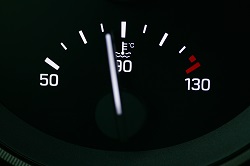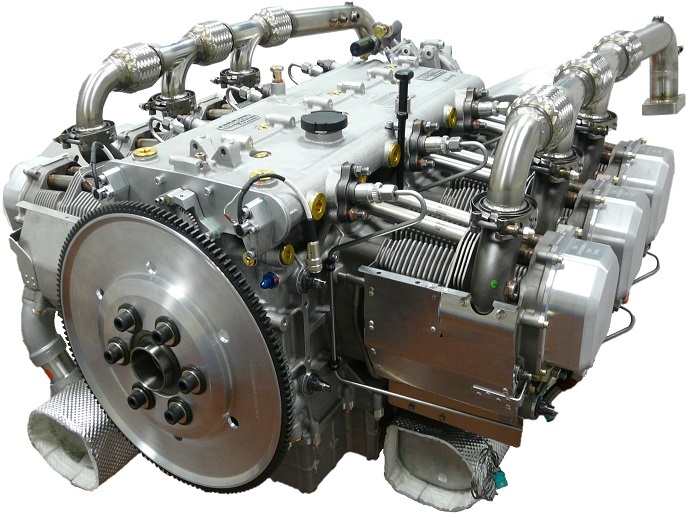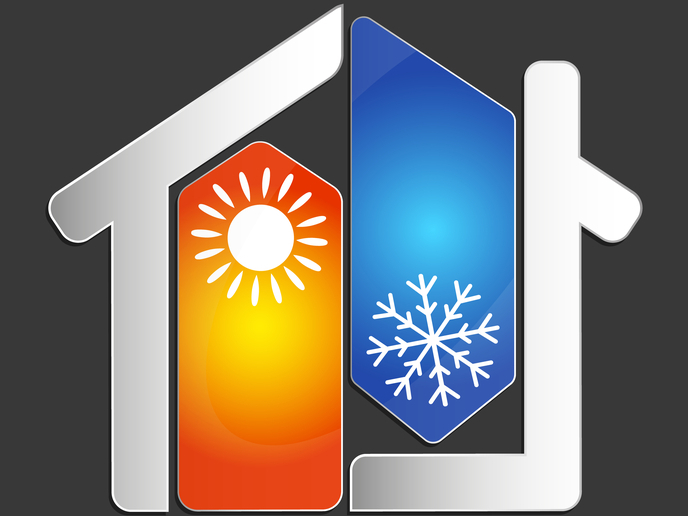All aboard a better-connected train
When it comes to getting from point A to B, nothing beats taking the train. In fact, rail travel is widely regarded as one of the most efficient and safe modes of transportation. Even during the pandemic, when public transport represented an increased risk of infection, rail travel was safer than going by car(opens in new window). Yet despite rail’s stellar record, there’s still room for improvement. “Even though today’s trains already meet very high safety standards, new technologies have opened the door to further improving the safety and efficiency of the European railway system,” says Aitor Arriola, a researcher at IKERLAN(opens in new window), a technological centre. With the support of the EU-funded Safe4RAIL-2 project(opens in new window), IKERLAN is leading an effort to integrate the latest communication technologies into trains. “The project looked at ways of utilising wireless, interoperable, on-board communication,” explains Arriola. “In doing so, we have defined new train standards, advanced train connectivity, and paved the way towards further increases in the efficiency and safety of rail travel.” The Safe4RAIL-2 project is part of the EU’s Shift2Rail(opens in new window) initiative, which supports railway R&D and aims to integrate advanced technologies into innovative rail solutions.
Increasing accuracy of data management
With the goal of increasing the accuracy of data management in the communication bus of the train, the project focused considerable attention on the Train Control and Monitoring System (TCMS). “As the ‘brain’ of the train, the TCMS controls and monitors all of a train’s parameters and functions,” adds Arriola. “As such, any improvements in TCMS efficiency will have system-wide benefits.” For example, the project implemented Time Sensitive Network (TSN) technology into a TCMS. According to Arriola, TSN has the benefit of creating, distributing, synchronising and operating data communications in real time. “Although this is the first time such technology has been used in the rail sector, its potential is huge,” he says. “By increasing the time precision with which a TCMS can manage the monitoring and control data, the use of TSN significantly increases the safety of different train systems.” The project also developed a wireless, 5G-based solution for train-wide communications. By removing the need for physical connections, the solution ensures connectivity even when, for example, rail cars are physically disconnected. Furthermore, because wireless communication involves fewer parts and components, there’s an overall reduction in maintenance costs. Last but not least, the project developed an innovative solution for quickly developing and testing new rail applications, including a unique HVAC system integrated onto the AUTOSAR Adaptive Platform(opens in new window).
A foundation for new initiatives
All of the Safe4RAIL-2 project’s advanced railway technologies have been prototyped and demonstrated in real-world use cases. “We’ve successfully shown how our TSN technology increases the robustness of a train’s communication systems and how the use of wireless technologies allows for more flexible train configurations,” adds Arriola. The Safe4RAIL-2 prototypes now serve as the foundation for new initiatives, including the Safe4Rail-3 project(opens in new window). “The ultimate goal is to advance these solutions from prototypes to products capable of improving the innovation and competitiveness of Europe’s railway sector,” concludes Arriola.







